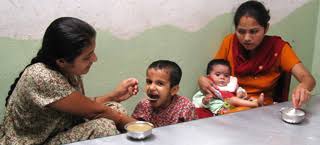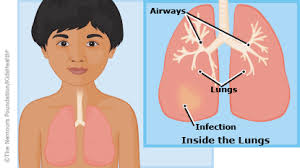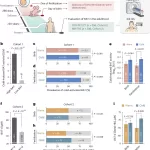New Delhi, September 4, 2024 — India, Indonesia, and Myanmar have emerged as the top three countries with the highest road fatalities in South-East Asia, according to a newly released report by the World Health Organisation (WHO). The findings were unveiled during the 15th World Conference on Injury Prevention and Safety Promotion (Safety 2024), held in New Delhi, shedding light on the region’s ongoing road safety challenges.
The report, titled “WHO South-East Asia Regional Status Report on Road Safety: Towards Safer and Sustainable Mobility,” details the alarming patterns of road traffic injuries across the region. It underscores the urgent need for enhanced safety measures, especially for vulnerable road users such as pedestrians, bicyclists, and two or three-wheeler riders, who account for a staggering 66 percent of all reported road traffic deaths in the region.
In 2021, India reported the highest number of road traffic fatalities in South-East Asia, with 153,972 deaths. This was followed by Indonesia, with 25,266 deaths, and Myanmar, with 5,325. In addition to the grim fatality figures, India also topped the region in reported road traffic injuries, with 384,448 cases, far surpassing Indonesia’s 128,466 and Nepal’s 94,665.
“Our roads and road networks need to be designed prioritizing those most at risk: children and adolescents, people with disabilities, pedestrians, and other vulnerable groups,” emphasized Saima Wazed, Regional Director of WHO South-East Asia, during her keynote address at the conference.
The WHO SE Asia Region accounted for 330,223 of the 1.19 million estimated global road traffic deaths in 2021, representing 28 percent of the worldwide burden. The report also highlighted that India ranks among the top three countries with the highest road traffic deaths per 100,000 population. Specifically, Thailand led with 25.9 deaths per 100,000 population, followed by Sri Lanka with 11.7 deaths, and India with 11.6 deaths.
In contrast, the Maldives reported the lowest road traffic death rate in the region, with just 0.9 deaths per 100,000 population in 2021. The WHO urged all countries in the region to intensify efforts to reduce road traffic deaths, which remain a leading cause of mortality among young people aged 15-29.
“Road safety is one of the major concerns, and India has committed to reducing road injuries by 50 percent, halving them by 2030,” stated Dr. Jagnoor Jagnoor, Head of the Injury Programme at The George Institute for Global Health, during the event. She pointed out that while strides are being made in areas such as seat belt usage and vehicle safety features, significant gaps remain in protecting vulnerable road users.
Dr. Jagnoor further stressed the importance of not only focusing on prevention but also on post-crash rehabilitation services, which are crucial for improving outcomes for road traffic injury survivors.
Despite a modest 2 percent decrease in road fatalities in 2021, which contributed to a global reduction of 5 percent, the report highlighted the need for sustained and comprehensive efforts to meet global road safety targets. The findings serve as a stark reminder that while progress has been made, much more needs to be done to ensure safer roads for all, particularly in countries like India, where the toll of road traffic accidents remains devastatingly high.












